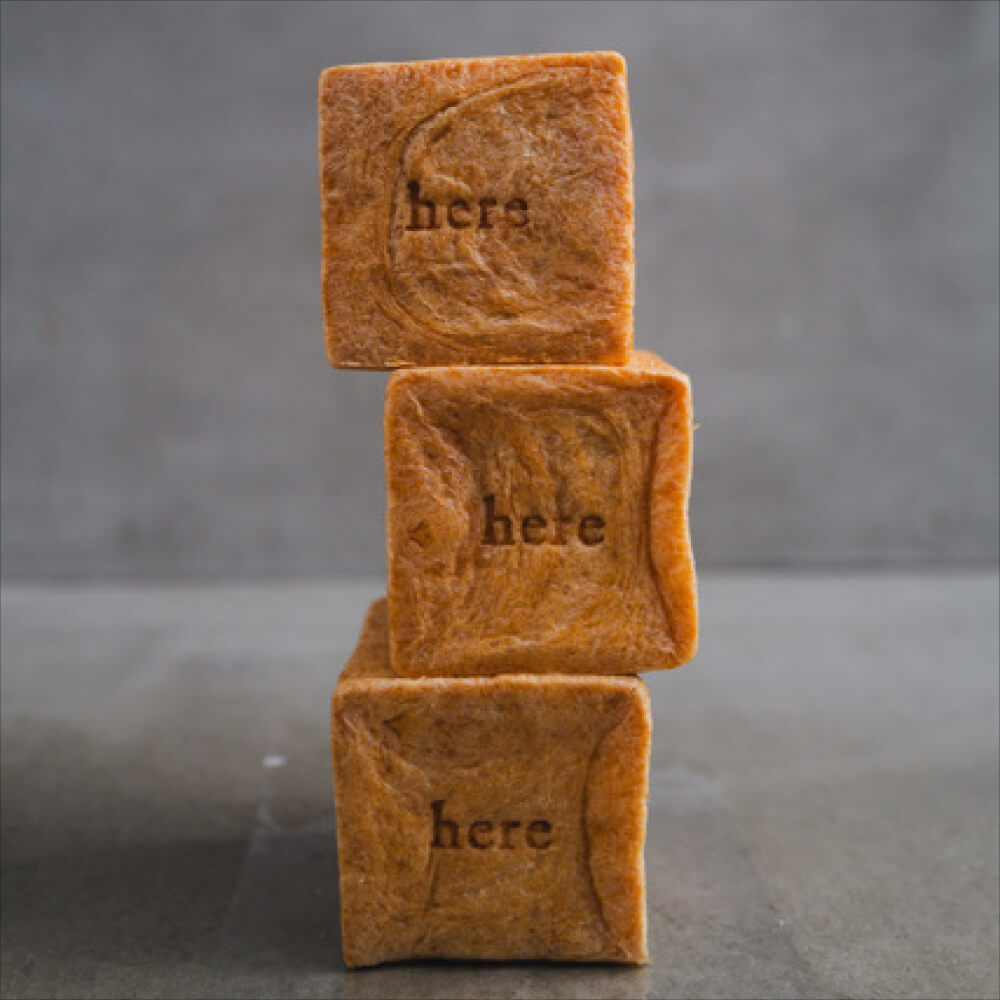Ginza Kyoto Exhibition at Ginza Mitsukoshi: The Modern Flavors and Traditional Charm of Kyoto
Excellent chance to experience the autentic Kyoto at the Ginza Kyoto Exhibition in Tokyo
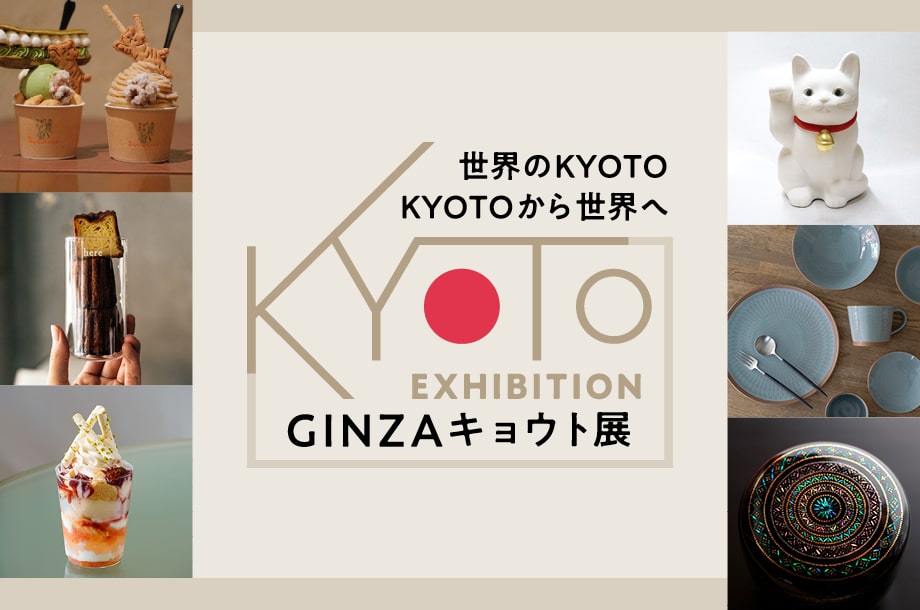
The Ginza Kyoto Exhibition in Tokyo kicks off today (September 18, 2024)! The first part of the exhibition will run until September 23. Participants include renowned century-old shops and modern, innovative Japanese confectionery shops.
If you’re traveling in Tokyo and shopping around Ginza, visit the 7th floor of Mitsukoshi Ginza. Not only can you enjoy authentic Kyoto gourmet, but you’ll also find many made-in-Japan products that make perfect souvenirs!
Now, let’s look at the highlights of the first part of the Ginza Kyoto Exhibition!
You can check out the Chinese version of this article from the following link.
The Modern Flavors of Kyoto
People’s first impression of Kyoto is likely of classical times and tradition, but the city has its own sense of style and innovation.
SUGITORA——Kyoto’s adorable little tiger travels to Tokyo.

SUGITORA has already gained immense popularity on Instagram, with countless people raving about it. Their most famous menu is the Little Tiger Gelato Ice Cream, a refreshing treat not overly sweet, topped with seasonal fruits and an adorable little tiger-shaped cookie.
Not only does it look great, but it tastes incredible too! In Kyoto, it’s a highly sought-after spot that’s tough to reserve. As soon as the Ginza Kyoto Exhibition started, a line of hundreds of people formed in front of SUGITORA—a genuine word-of-mouth shop.
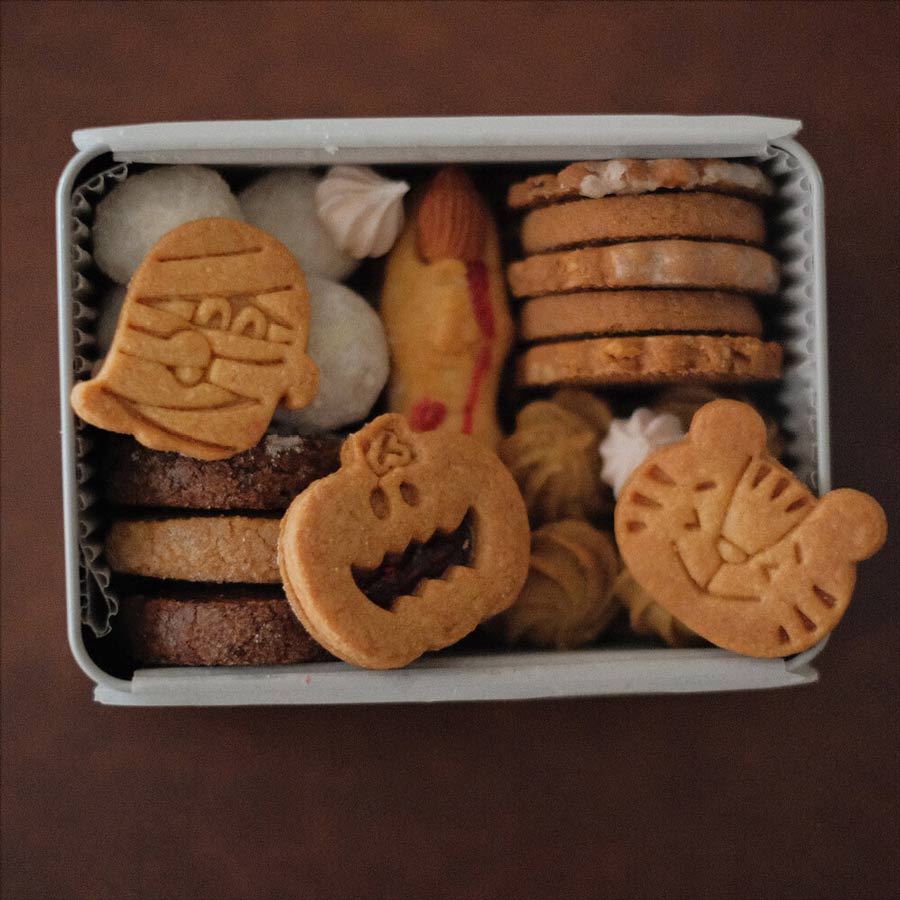
The immense popularity of SUGITORA can largely be attributed to the passion of its owner, Shinichi Sugita, for creating exceptional desserts. He won a silver medal at the 2015 Coupe du Monde de la Pâtisserie (World Pastry Cup). In his younger years, he worked at renowned hotels in Tokyo. After that, he opened his gelato shop in Kyoto, his hometown.
Here Kyoto — A specialty shop for coffee and canelé.
Junichi Yamaguchi, the owner of Here Kyoto, won the 2014 World Latte Art Championship. A few years later, in 2019, he opened his café in Kyoto, which now has two branch stores.
Here Kyoto is not only known for its aromatic and enticing coffee, but also for its delicious canelés! With a crispy exterior, soft interior, and just the right amount of sweetness paired with a hint of caramel’s slight bitterness, they are genuinely tasteful.
Traditional Charm of Kyoto
While Kyoto’s modern flavors are delightful, its traditional culture continues to captivate with timeless charm.
Washi Club
Washi Club is an old shop located on Aburakoji Street in Kyoto, specializing in the production of washi (traditional Japanese paper). Before visiting the Ginza Kyoto Exhibition, I naively thought that washi was simply for writing.
However, washi’s applications are incredibly diverse. In the past, people used it to hold sweets, store coins, and wrap perfume. In high-end tempura restaurants, what you see beneath the food is not plain white oil-absorbing paper but washi adorned with traditional Japanese patterns.
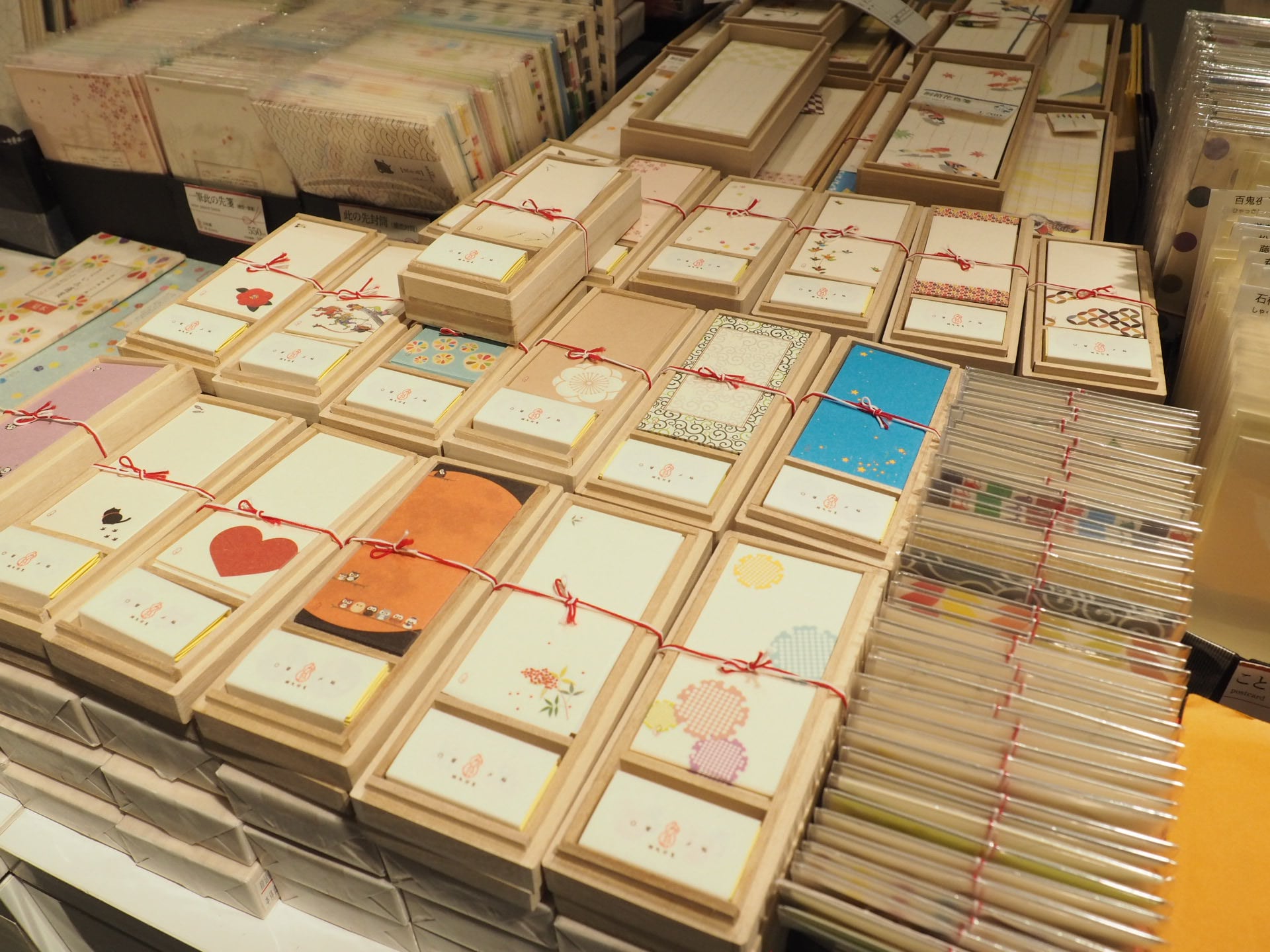
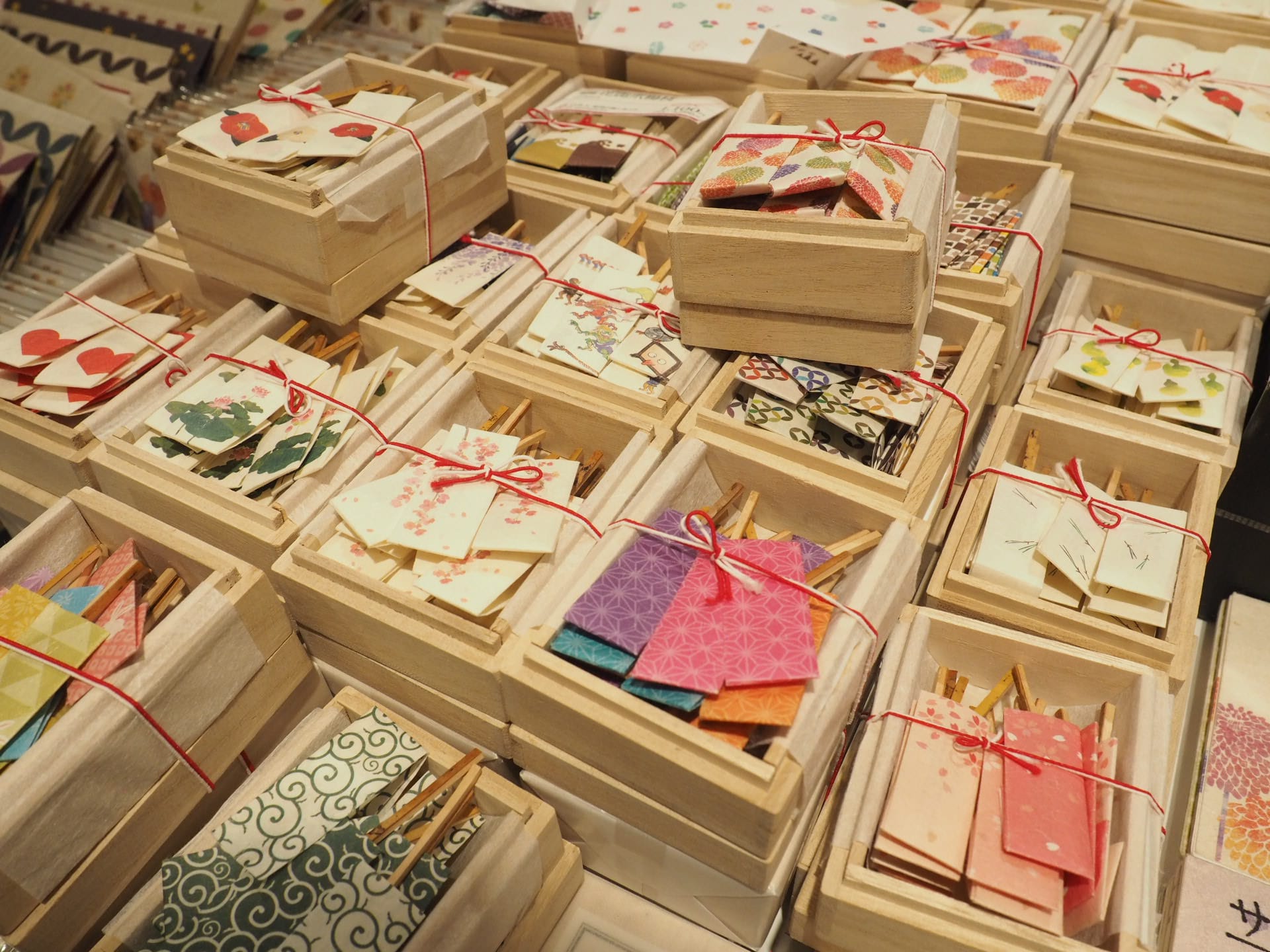
Platz
Platz Kyo-Koza, founded in the 20th year of the Meiji era (1887), has a history of 137 years. Their products are very popular among tourists, especially bedding items such as futons, which are highly regarded for their soft texture.
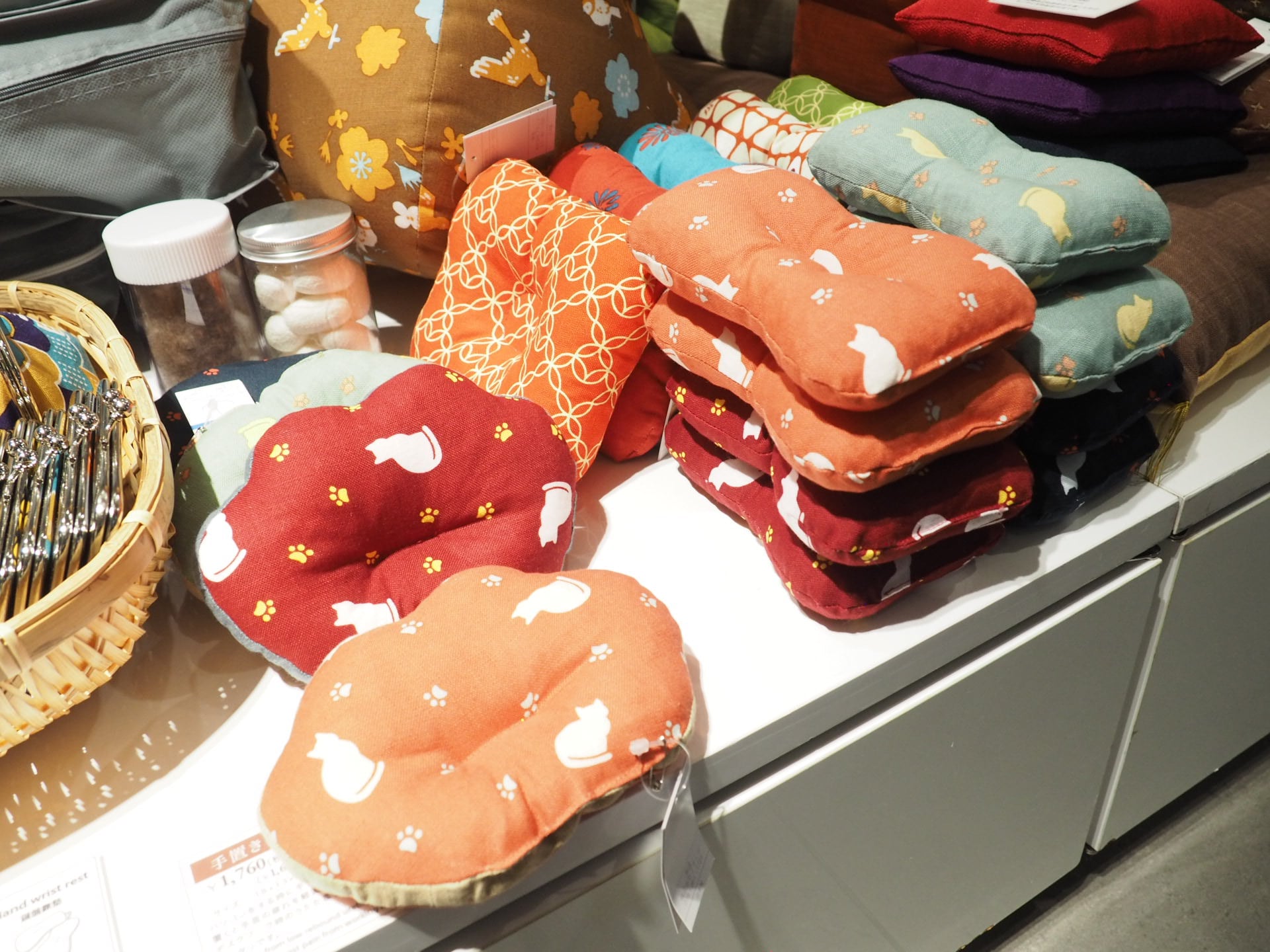
For example, fabrics made with Japanese soft water and Japanese cotton tend to be softer and more skin-friendly. It is precisely these subtle differences that keep this century-old shop full of vitality even today.
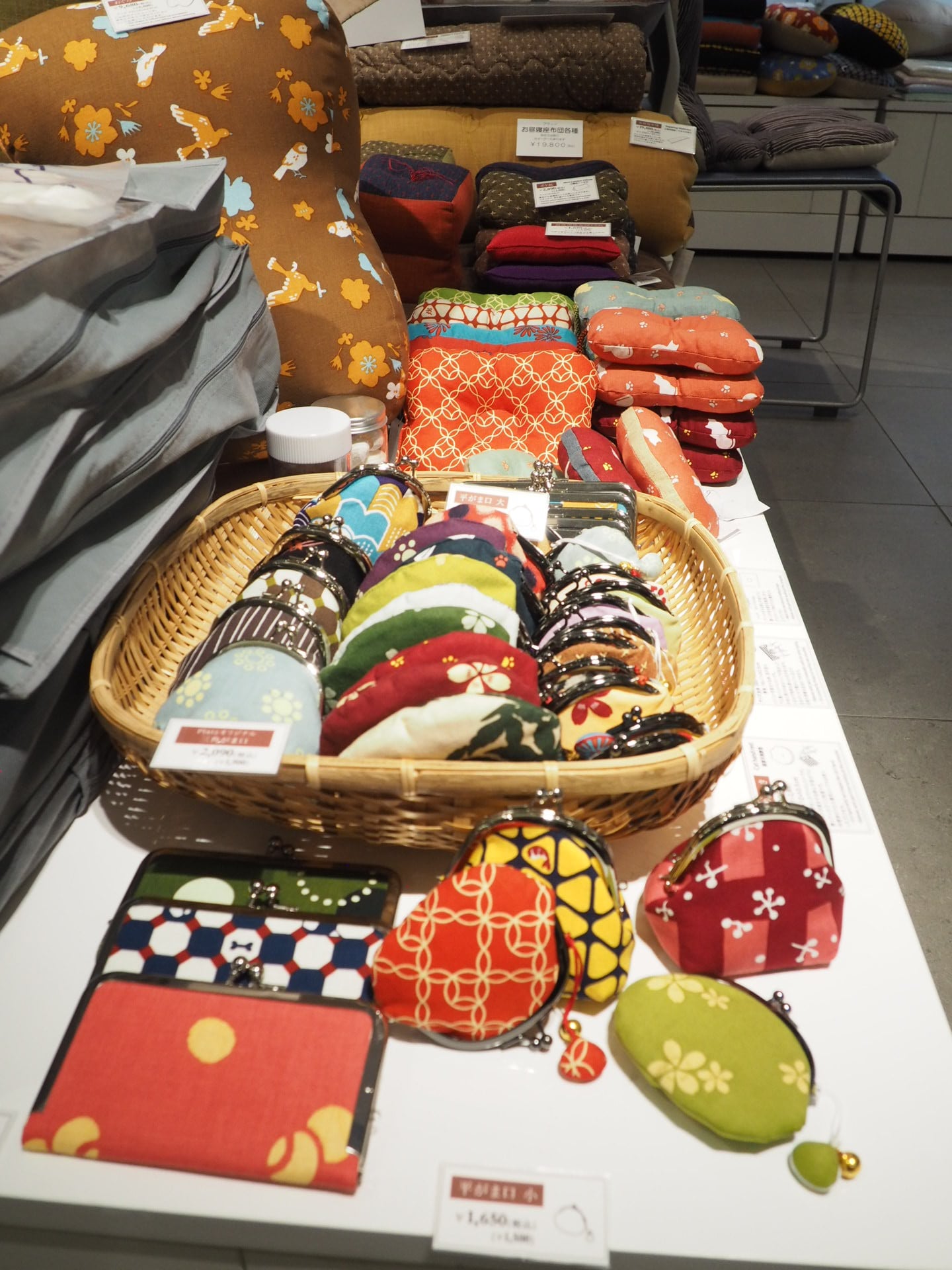
It’s worth mentioning that the products in Platz are not expensive at all. Handmade cushions are priced similarly to those made by machines elsewhere—not buying them would truly be a missed opportunity!
In addition, this century-old shop offers a variety of innovative items. My personal favorites are the carrot-shaped keyboard mat and the mini wristrest—both incredibly cute. A traditional shop with modern concept products could very well be the secret to its longevity as a century-old establishment!
Shoyeido Incense
Koh-shoho Shoyeido is a long-established shop in Kyoto with a history of over 300 years. Ancient Japan was heavily influenced by Buddhism, and incense was common in people’s everyday life. As time passed, incense became part of the traditional Japanese culture.
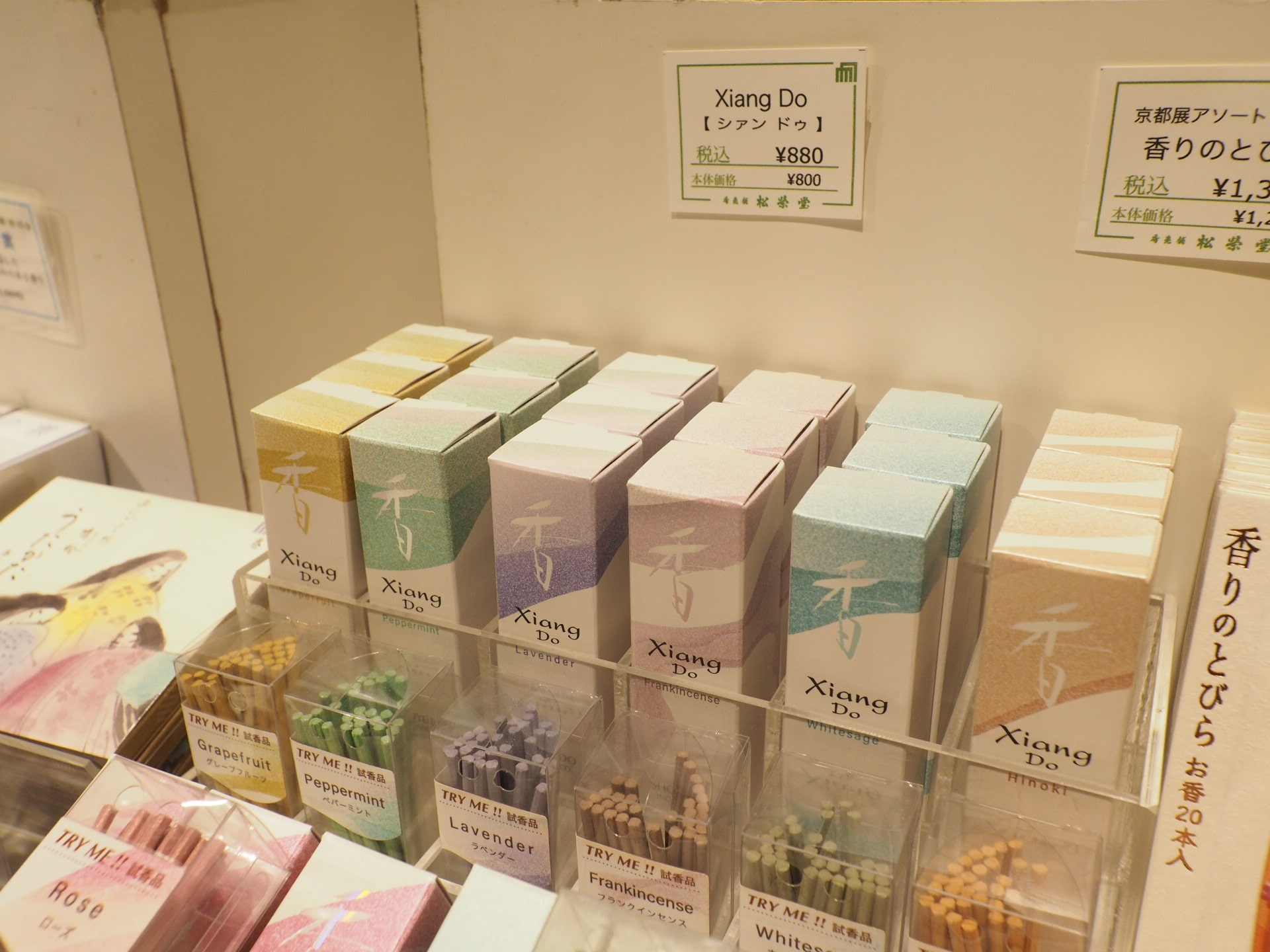
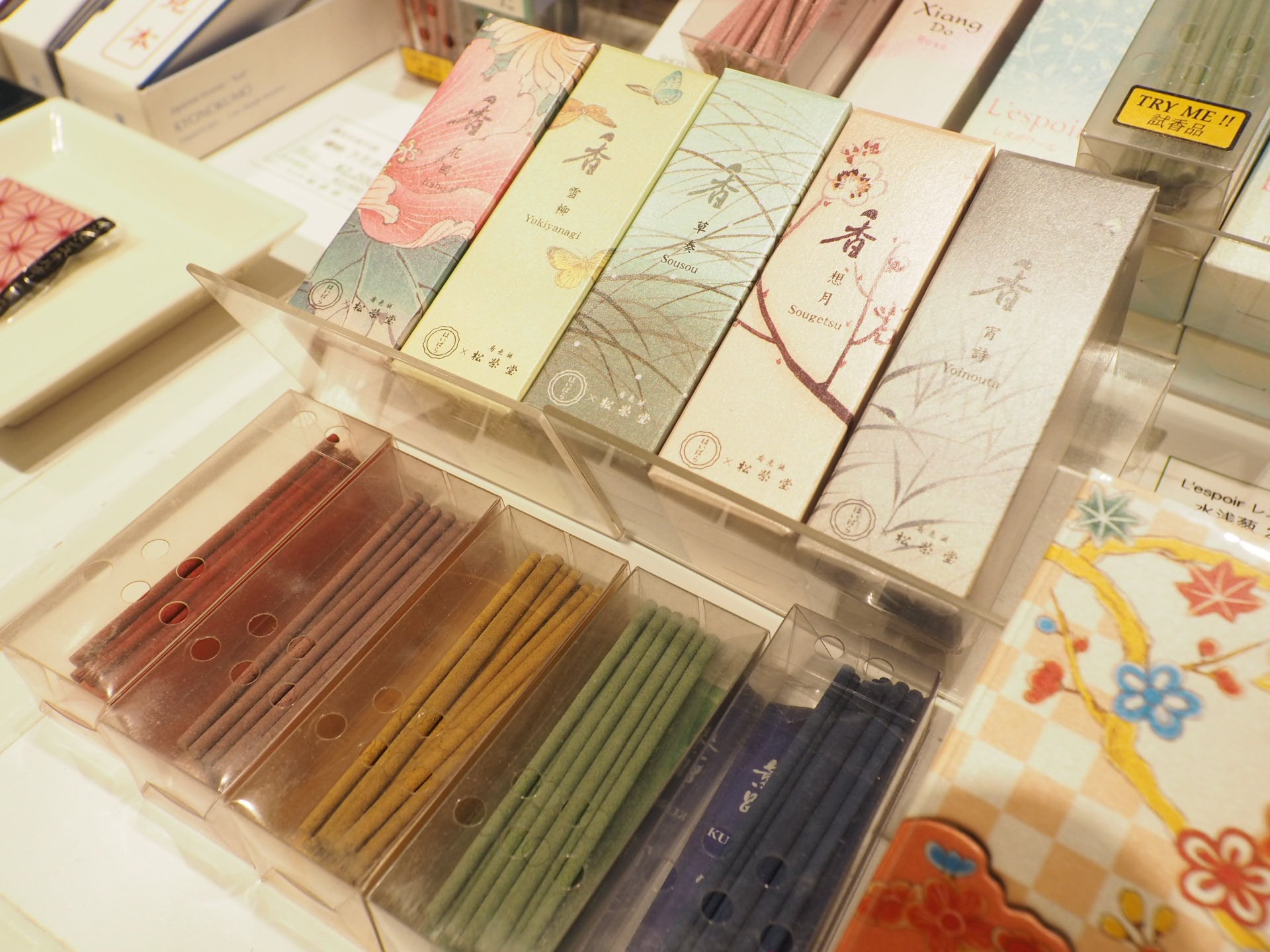
Fujinami

Fujinami focuses on making traditional Kyoto sweets. The most famous are their Mitarashi dango and Warabi mochi. At this Kyoto exhibition, you can enjoy their delicate, translucent Warabi mochi and smooth, delicious matcha jelly.
In the End
With limited words, it’s impossible to showcase all the aspects of the Ginza Kyoto exhibition. If you’re traveling or living in Tokyo, I highly recommend visiting the Ginza Mitsukoshi Kyoto exhibition in person! It’s much cheaper to take a subway ride than a Shinkansen trip to Kyoto. Here are the details of the Kyoto exhibition—don’t miss out!
Exhibition Dates:
Part 1: September 18 (Wednesday) – September 23 (Monday, substitute holiday), 2024
Daily from 10:00 AM to 8:00 PM (closes at 6:00 PM on the final day)
Part 2: September 25 (Wednesday) – September 30 (Monday), 2024
Daily from 10:00 AM to 8:00 PM (closes at 6:00 PM on the final day)
*Note: The exhibition will be closed on September 24 (Tuesday).
Location:
Ginza Mitsukoshi, New Building, 7th Floor, Event Hall
▽Subscribe to our free news magazine!▽
For more information about exciting places to visit in Tokyo, be sure to check out the following articles!
▽Related topics▽
▼Editor’s picks▼
Written by
Hi, I'm delighted to get to meet you through my sharing. I am a freelance writer who loves traveling, reading, and food. I'm also the mother of a two-year-old child. Living in Japan for eight years has been both long and short—long enough for me to know Tokyo, where I reside, like the back of my hand, and short because there are still so many aspects waiting for me to explore. Here, I will share the fantastic culture and my thoughts about this beautiful country, hoping you will fall in love with Japan just as I have.






